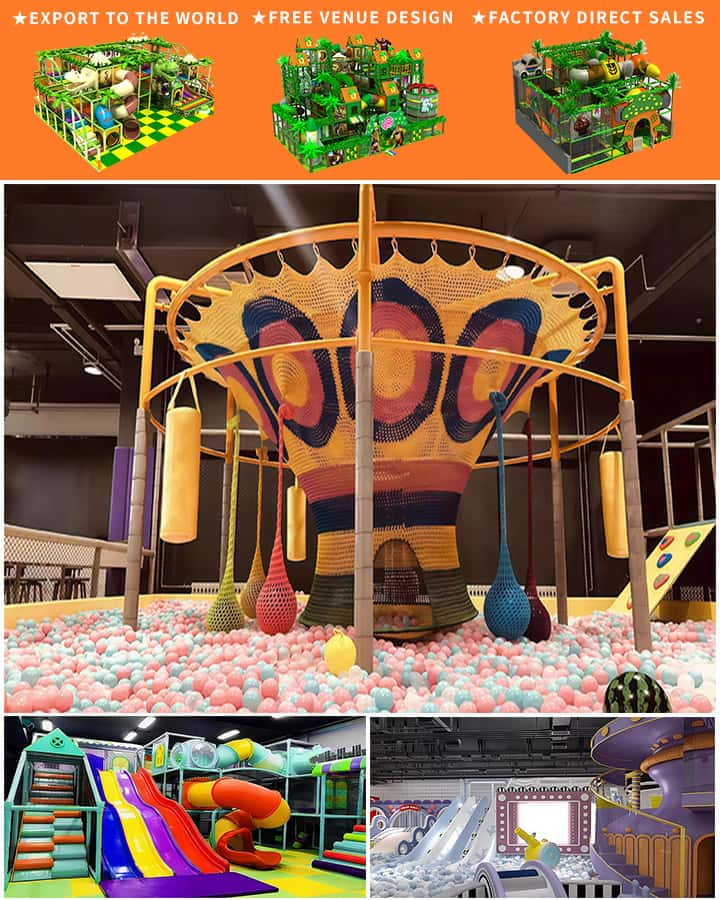Indoor playgrounds have become increasingly popular destinations for families seeking safe and engaging environments for their children to play. These facilities offer a variety of attractions, including climbing structures, slides, ball pits, and more, catering to children’s adventurous spirits while providing a controlled and secure setting. However, planning and budgeting for such an investment requires a thorough understanding of the average costs involved. This article delves into the various factors that influence the cost of establishing an indoor playground, providing a detailed breakdown to help potential investors make informed decisions.
Understanding the Factors Affecting Cost
The cost of setting up an indoor playground can vary widely based on several key factors. These include location, size, equipment quality, safety standards, and additional amenities. Each of these elements plays a significant role in determining the overall expenditure.
- Location
- The geographical location of the indoor playground is perhaps the most influential factor on costs. Prime locations in urban areas or affluent neighborhoods generally command higher rental or property prices compared to suburban or less populated regions. Additionally, operating in a high-traffic area often justifies higher prices due to increased footfall and revenue potential.
- Size
- The square footage of the indoor playground directly impacts the cost. Larger spaces can accommodate more equipment and attract a greater number of visitors but come with higher initial setup and maintenance costs. Smaller playgrounds may be more cost-effective but might limit the variety of activities they can offer.

- Equipment Quality
- The choice of play equipment significantly affects both the upfront costs and ongoing maintenance expenses. High-quality, durable materials may involve higher initial investments but tend to have longer lifespans and lower replacement rates. Conversely, cheaper equipment can lead to frequent repairs and replacements, adding to long-term costs.
- Safety Standards
- Ensuring compliance with safety regulations is non-negotiable when it comes to indoor playgrounds. This includes installing proper flooring, padding, and safety nets, all of which contribute to the overall cost. While adhering to safety standards might increase initial expenses, it also builds trust with customers and mitigates the risk of accidents and liabilities.
- Additional Amenities
- Beyond the basic play structures, additional amenities like restrooms, snack bars, party rooms, and themed attractions can enhance the visitor experience but also escalate costs. Offering these extras can justify higher admission prices and improve customer satisfaction, ultimately boosting profitability.
Average Cost Breakdown
To provide a clearer picture, here’s a rough breakdown of the average costs associated with setting up an indoor playground:
- Lease/Rent (per month): \(2,000 - \)10,000
- Renovation/Construction (initial): \(50,000 - \)200,000
- Play Equipment: \(30,000 - \)150,000
- Safety Features (padding, mats, netting): \(10,000 - \)30,000
- Licensing and Permits: \(5,000 - \)20,000
- Marketing and Opening Expenses: \(10,000 - \)50,000
- Miscellaneous (legal fees, insurance): \(5,000 - \)20,000
Keep in mind that these figures are estimates and can vary depending on individual circumstances.
Conclusion
Investing in an indoor playground is a substantial financial commitment that necessitates careful planning and consideration of various cost factors. By understanding the elements that influence expenses—such as location, size, equipment quality, safety standards, and additional amenities—entrepreneurs can create realistic budgets and strategic plans. While the initial costs may seem daunting, a well-executed indoor playground can generate steady revenue and provide a fun, safe haven for children, making it a worthwhile venture for those prepared to navigate its complexities.




